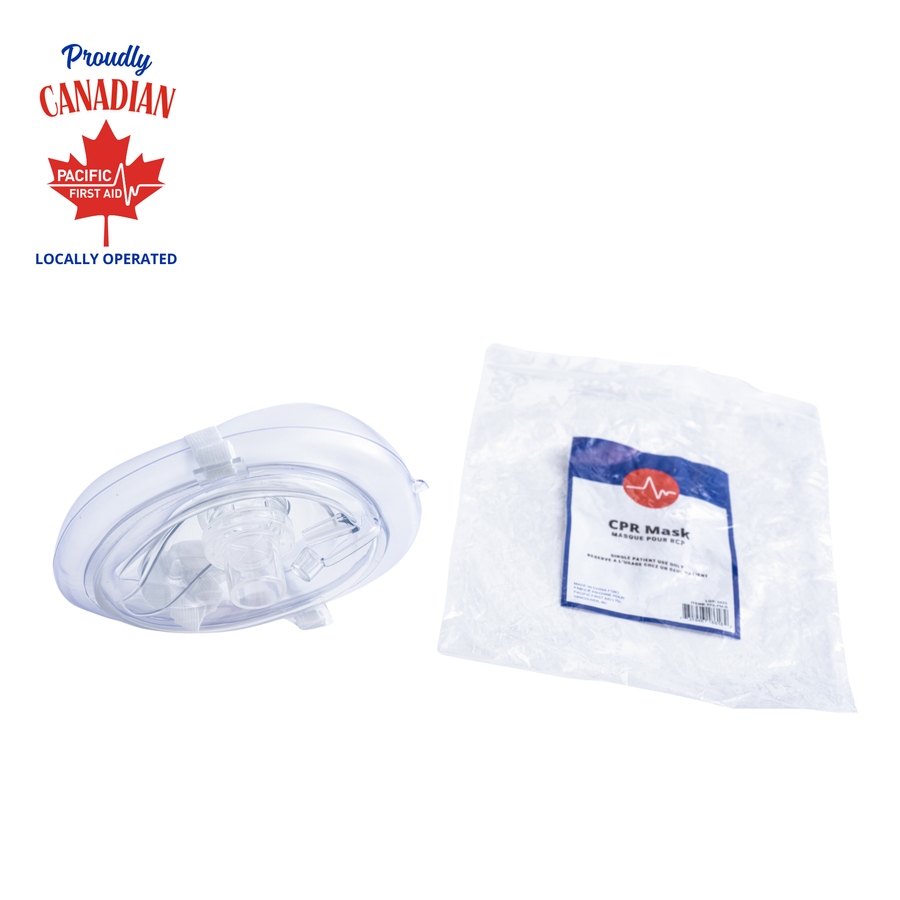
Fishy business: Researchers found that a third of the fish sold in Canada is mislabelled
Photo Credit: Olivia Herlambang-Tham
'The percentage of incidents just keeps rising at each point in the supply chain,' says Robert Hanner
Do you actually know what's for dinner tonight? We are all victims of food fraud
When it comes to seafood in Canada, there's a very good chance what you think you’re buying isn’t what you’re getting
Canada has a seafood problem. Exceptional fish and shellfish are a source of culinary pride, but whether you’re paying a premium for sockeye salmon or Atlantic cod, there’s no guarantee these are the species you’re actually eating.
As a new study from the University of Guelph reveals, not only is seafood mislabelling rampant — undermining consumer choice, threatening vulnerable species and presenting a potential food safety issue — it takes place at every step in the supply chain.
In collaboration with the Canadian Food Inspection Authority (CFIA), researchers found that nearly one third (32 per cent) of fish in Canada were mislabelled, with the issue intensifying at each stage from when the seafood is taken out of the water (either domestically or internationally) to its point of sale.
The findings, recently unveiled in the journal Food Research International, were the result of CFIA inspectors collecting 203 seafood samples from importers, processing plants and retailers in Ontario. 17.6 per cent of fish were mislabelled at the importer level, and the number rose to 27.3 per cent at processing. By the time the fish hit retailers, the mislabelling rate was a considerable 38 per cent.
“For the first time we’ve had a chance to look more along the supply chain, which is essentially what’s been needed,” says Robert Hanner, lead author and associate director for the Canadian Barcode of Life Network. “The percentage of incidents just keeps rising at each point in the supply chain, which is suggesting that the problem just keeps compounding; that there are bad actors both internationally and potentially here in Canada as well.”
Previous studies — such as last year’s Oceana Canada report, which found 44 per cent of seafood samples from five Canadian cities were mislabelled — have shed light on the prevalence of seafood fraud. International investigation has shown this economically motivated practice takes place throughout the chain, but until now, there was no Canada-specific data.
Researchers targeted 12 species for the purposes of the study, which Hanner says they identified as being of higher market value and as such, at an increased risk for fraud. Common species substitutions include farmed Atlantic salmon standing in for pricier wild Pacific salmon (sockeye or Coho); red snapper being swapped for farmed tilapia; and pangasius — a commonly farmed catfish species native to Southeast Asia — being passed off as “almost everything,” but notably haddock and cod.
The length of the seafood supply chain (typically five to seven steps) coupled with its lack of transparency is a key challenge to addressing fraud. Another is the sheer number of species.
“There are 900 species on CFIA’s Fish List; there are 1,200 on the (U.S. Food and Drug Administration’s Seafood List). That’s just way more species than any other food group. And we tend to be quite detached from marine environments,” says Julia Levin, Oceana Canada’s chief seafood fraud campaigner. “Everyone can picture what a cow looks like, if I say cow. But if I say red snapper or if I say sockeye salmon, you might be able to picture the fillet but the animal? We don’t have the same attachment to marine life as we do to land animals.”
While economic gain is the driver for fraud, seafood mislabelling can also occur due to confusion around labelling regulations, which can vary by country, Hanner says. In Canada, labelling requirements include common name only, not scientific name. For example, a fillet simply labelled “rockfish” (common name) in Canada would be marked “rose fish” (common name) and “Sebastes flavidus” (scientific name) in the EU. The most straightforward way to address the problem, he adds, is to “modernize our regulatory framework” and follow the EU’s lead by including the species name.
“If you grew up in the Maritimes eating fresh cod, you probably wouldn’t need a DNA test to know that some of this mushy stuff probably isn’t even cod. But most consumers have been subjected to this shifting baseline where we don’t even really know what’s legitimate and what’s not, and in some ways that may be turning consumers off of seafood generally,” says Hanner. “There’s a whole host of folks who stand to lose, most notably Canadian consumers. Canada is a producer of high-quality seafood. We export that seafood to the EU so our legitimate producers are already complying with this enhanced level of labelling. But we as Canadian consumers don’t get that same benefit here at home.”
Advocacy groups such as Oceana Canada are pushing for national regulations supporting full-chain traceability, but in the meantime, Levin encourages consumers to buy from trusted fishmongers: from those who know their supply chains, through a certification process like MSC (Marine Stewardship Council) or community-supported fisheries.
And while this study represents a significant step forward in demonstrating the scope of seafood fraud in Canada, Hanner would like the next stage to examine the food safety implications. “If you have mislabelling, then you have a traceability problem. And if you have a traceability problem you have a potential food safety issue,” he says. “We know that approximately one in six foodborne illnesses in Canada traces back to seafood. Well, what proportion of those foodborne illnesses would actually trace back to improperly labelled seafood and improperly handled seafood? I suspect that there’s a correlation there and that’s where I would like to take this research next.”
Sourced from: TrainCan
For more food safety news, food safety courses, food safety training and more visit us at: Pacificfirstaid.ca







